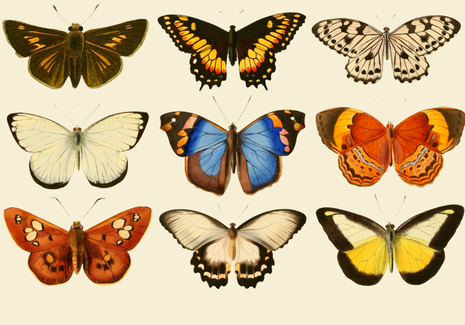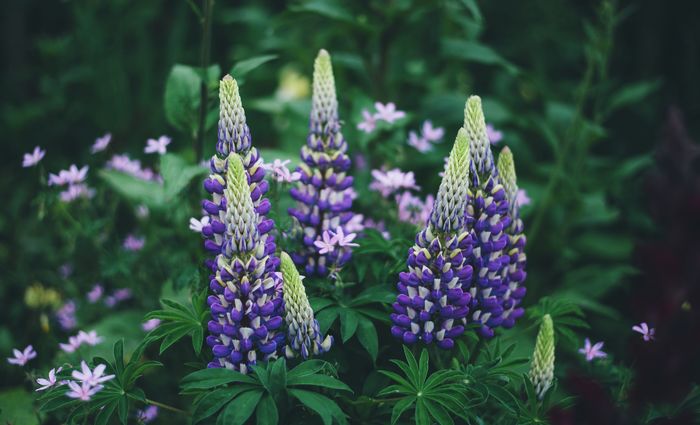Butterflies Through Time exhibition launched at Zoology Museum
The exhibition will run from March 15th to September 18th, displaying the work of researchers, curators, and conservationists

Two years in the making, the Museum of Zoology has launched its ‘Butterflies Through Time’ project, displaying the work of researchers from across the university, museum curators, collections specialists, and conservationists.
The Museum of Zoology holds between 15,000 and 20,000 butterflies in its collections, many of which will be going on public display for the first time, after being held in storage for 150 years.
The exhibition includes the Apatura iris (Purple Emperors), Vanessa atalanta (Red Admirals), alongside various other species native to the United Kingdom. But what’s the significance of the project?
The specimens of the past have enabled the scientists of today to assess population changes over time, which has also aided contemporary conservation projects. By comparing the species collectors brought in hundreds of years ago to species visible today, it’s possible to form a picture of what’s missing from the current ecological landscape.
The project has found that both habitat and temporal changes in the UK over the last few centuries have caused individual species to either fall in number or adapt to the new normal.
Looking closely at Cambridgeshire’s butterflies reveals a similar story, in which some species have seen severe declines, whilst others have experienced increases.
The notebooks of by Leonard Jenyns, a Cambridgeshire naturalist and contemporary of Charles Darwin, have highlighted historical transformations in butterfly populations.
For instance, the first pages of one of his notebooks recounts an abundance of Swallowtails (Papilio machaon), “found in the greatest plenty, throughout the Fens between Ely and Cambridge” – yet their absence in Cambridgeshire today shows a stark change over the last two centuries.
Dr Edgar Turner, Curator of Insects at the Museum, says “it’s the closest scientists can get to time travel. Notebooks like those of Leonard Jenyns show us what conservation can aim for. The kind of world we could bring back.”
A Cambridge team, drawn from the Museum and the University’s Insect Ecology Group, has worked with the Wildlife Trust for Bedfordshire, Cambridgeshire and Northamptonshire to use their knowledge to guide habitat regeneration efforts through ‘butterfly banks’.
Built in September 2021, across two sites in Bedfordshire, the butterfly banks are about 15 metres by 5 metres, with internal temperatures up to several degrees lower than the air outside them.
The reason behind creating these microclimates is that not all species are capable of ‘buffering’, a process in which butterflies change their behaviour to cool themselves down, which can make it difficult to survive in the face of rising temperatures.
The establishment of these butterfly banks makes a “massive difference,” says conservationist Dr Gwen Hitchcock. “We hope to see about 30 butterfly species visit the banks, which is about half of the remaining species in the UK.”
She adds: “These banks are a world first, [and] directly benefit species who are having a hard time adapting to climate change.”
If the team manage to restore some of the UK’s ecological diversity, it is possible that certain butterfly species might be reintroduced to a landscape where they once thrived.
Butterflies Through Time runs from 15 March to 18 September 2022, at the Museum of Zoology.
 News / Caius mourns its tree-mendous loss23 December 2025
News / Caius mourns its tree-mendous loss23 December 2025 News / Clare Hall spent over £500k opposing busway 24 December 2025
News / Clare Hall spent over £500k opposing busway 24 December 2025 Comment / Yes, I’m brown – but I have more important things to say22 December 2025
Comment / Yes, I’m brown – but I have more important things to say22 December 2025 Comment / The ‘class’ of Cambridge24 December 2025
Comment / The ‘class’ of Cambridge24 December 2025 Interviews / Politics, your own way: Tilly Middlehurst on speaking out21 December 2025
Interviews / Politics, your own way: Tilly Middlehurst on speaking out21 December 2025









